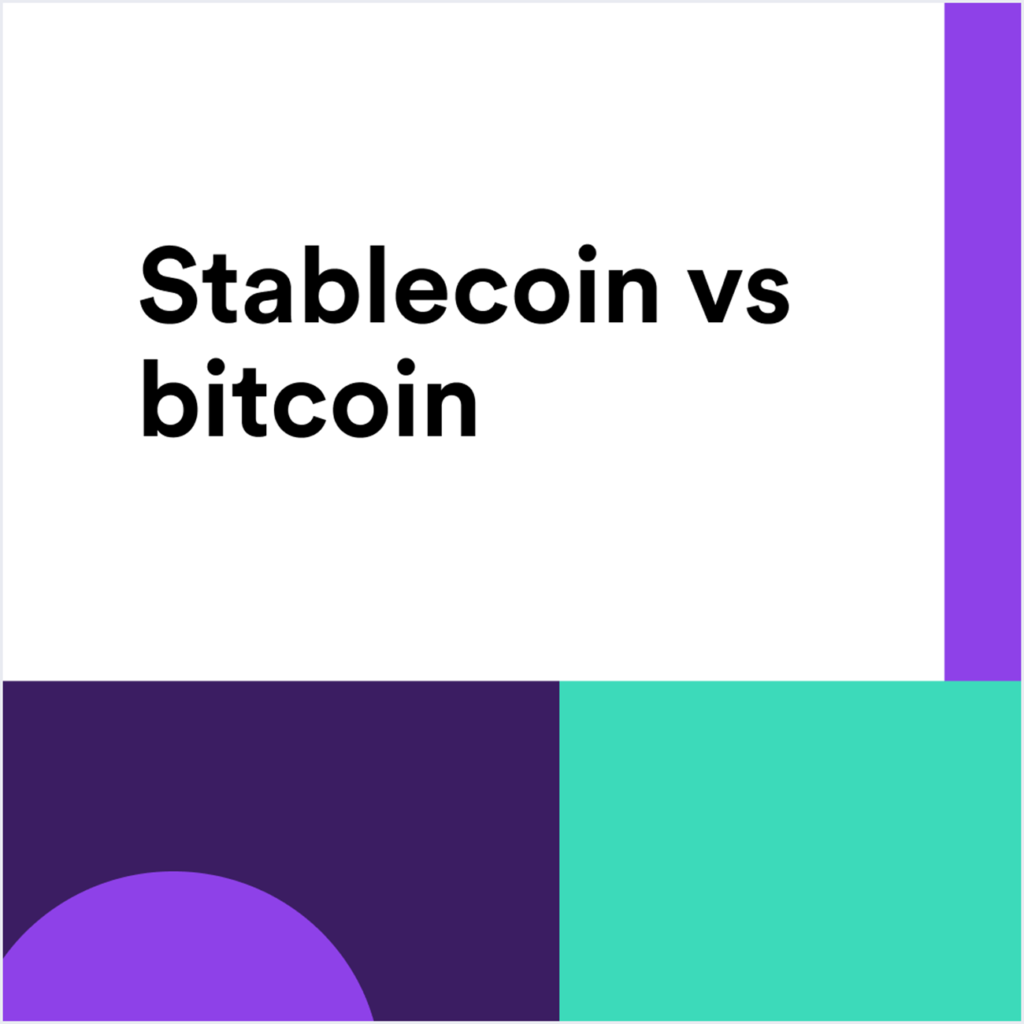In the dynamic world of cryptocurrencies, understanding the interplay between Bitcoin and stablecoins is crucial. This article delves into whether stablecoins act as complements or competitors in a Bitcoin-dominated landscape, offering a deep dive into their evolving relationship. If you are considering investing in Bitcoin, seek More Information about this trading platform to make well-informed decisions in the cryptocurrency market.

The Complementary Relationship between Bitcoin and Stablecoins
The relationship between Bitcoin and stablecoins in the cryptocurrency world is often characterized by a complementary dynamic, a fact that becomes increasingly evident as we explore their respective roles and functions. Bitcoin, known for its pioneering status and widespread recognition, has established itself as a store of value and investment asset, akin to digital gold. Its inherent volatility, while a draw for investors seeking high returns, can be a hindrance for those looking for stability in everyday transactions.
Enter stablecoins, designed specifically to address this volatility. Their value is typically pegged to more stable assets, like fiat currencies or gold, offering a predictable and stable valuation. This stability is crucial in scenarios where the wild swings of cryptocurrencies like Bitcoin can be a significant drawback.
Moreover, stablecoins serve an essential role in cryptocurrency exchanges. They act as a haven for investors looking to escape Bitcoin’s volatility without exiting the cryptocurrency market entirely. By converting Bitcoin to a stablecoin, investors can effectively pause their exposure to Bitcoin’s price fluctuations, without the need to convert back to fiat currency. This process not only maintains the liquidity within the crypto ecosystem but also reduces transaction costs and complexities associated with frequent conversions between crypto and fiat currencies.
The synergy between Bitcoin and stablecoins extends to the broader blockchain ecosystem. For example, stablecoins are often used in decentralized finance (DeFi) platforms, which have grown exponentially in popularity. In these platforms, stablecoins provide the necessary stability for various financial operations like lending, borrowing, or yield farming, while Bitcoin often remains the primary asset of choice for long-term investment and value accumulation.
This complementary relationship is not just beneficial for users and investors; it also enhances the overall resilience and functionality of the cryptocurrency market. While Bitcoin continues to be the flagbearer of the cryptocurrency revolution, stablecoins bring in the much-needed element of stability, enabling wider adoption and acceptance of digital currencies in everyday transactions and financial operations.
Stablecoins as Competitors to Bitcoin
While often seen as complementary to Bitcoin, stablecoins also present a competitive edge in certain aspects of the cryptocurrency landscape. This competitive relationship primarily stems from their inherent stability and growing adoption in areas where Bitcoin’s volatility is less desirable.
Stablecoins, by design, offer a level of price stability unseen in Bitcoin. Their value, typically pegged to stable assets like fiat currencies, makes them an attractive alternative for users seeking to avoid the significant price fluctuations characteristic of Bitcoin. This stability is particularly appealing for businesses and individuals looking for a dependable medium of exchange or a stable store of value in the digital realm. In scenarios such as international trade or online commerce, where price predictability is crucial, stablecoins provide a viable alternative to Bitcoin’s unpredictability.
Furthermore, the technological advancements in the stablecoin sector have enabled broader applications and use cases. For example, programmable stablecoins are being integrated into smart contracts and decentralized finance (DeFi) platforms, allowing for automated, stable, and efficient financial transactions. This integration not only challenges Bitcoin’s dominance in the digital finance space but also positions stablecoins as a more practical choice for certain financial operations and services.
Another competitive aspect is the regulatory landscape. Stablecoins, particularly those backed by fiat currencies, are often viewed as more amenable to regulatory frameworks. This perception arises from their transparent backing and the relatively straightforward approach to regulation, compared to the more complex and often contentious regulatory issues surrounding Bitcoin. As regulatory clarity and compliance become increasingly important in the cryptocurrency world, stablecoins may gain an edge in attracting institutional and mainstream adoption, potentially at the expense of Bitcoin’s market share.
The growing ecosystem of stablecoins also reflects their competitive stance. New stablecoins continue to emerge, each offering unique features or targeting specific market niches. This expansion not only diversifies the stablecoin offerings but also challenges Bitcoin’s role as the primary choice for digital transactions and investments. With more options available, users and investors might gravitate towards the specific advantages offered by different stablecoins, such as enhanced privacy, lower transaction fees, or integration with specific blockchain ecosystems.
Conclusion
Exploring the complex dynamics between Bitcoin and stablecoins reveals a nuanced relationship. As the cryptocurrency landscape continues to evolve, the interplay between these two entities will significantly shape the future of digital finance.







Leave a Comment
You must be logged in to post a comment.